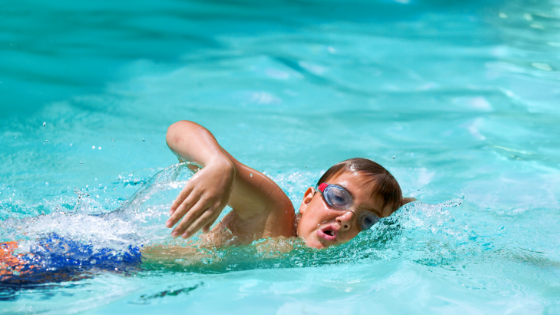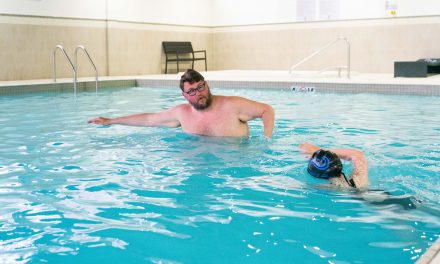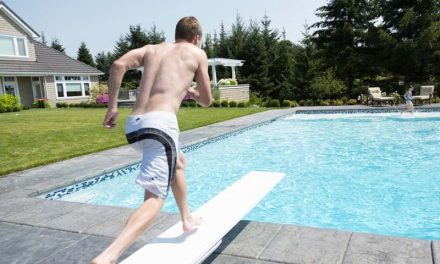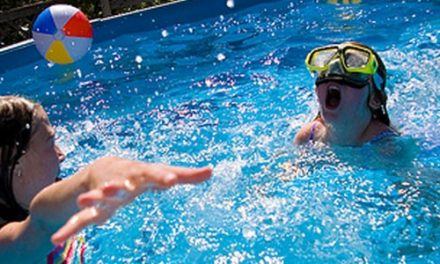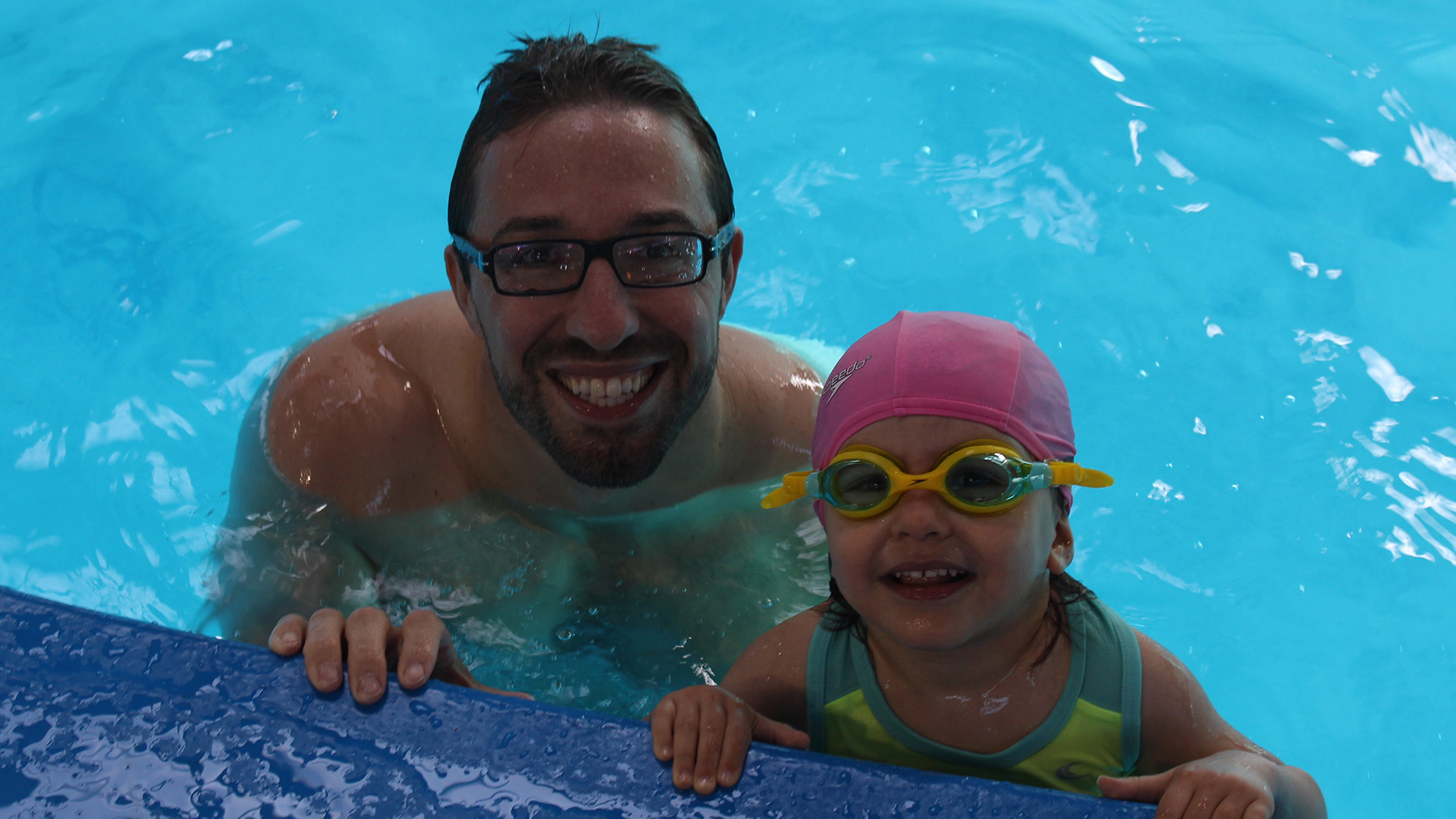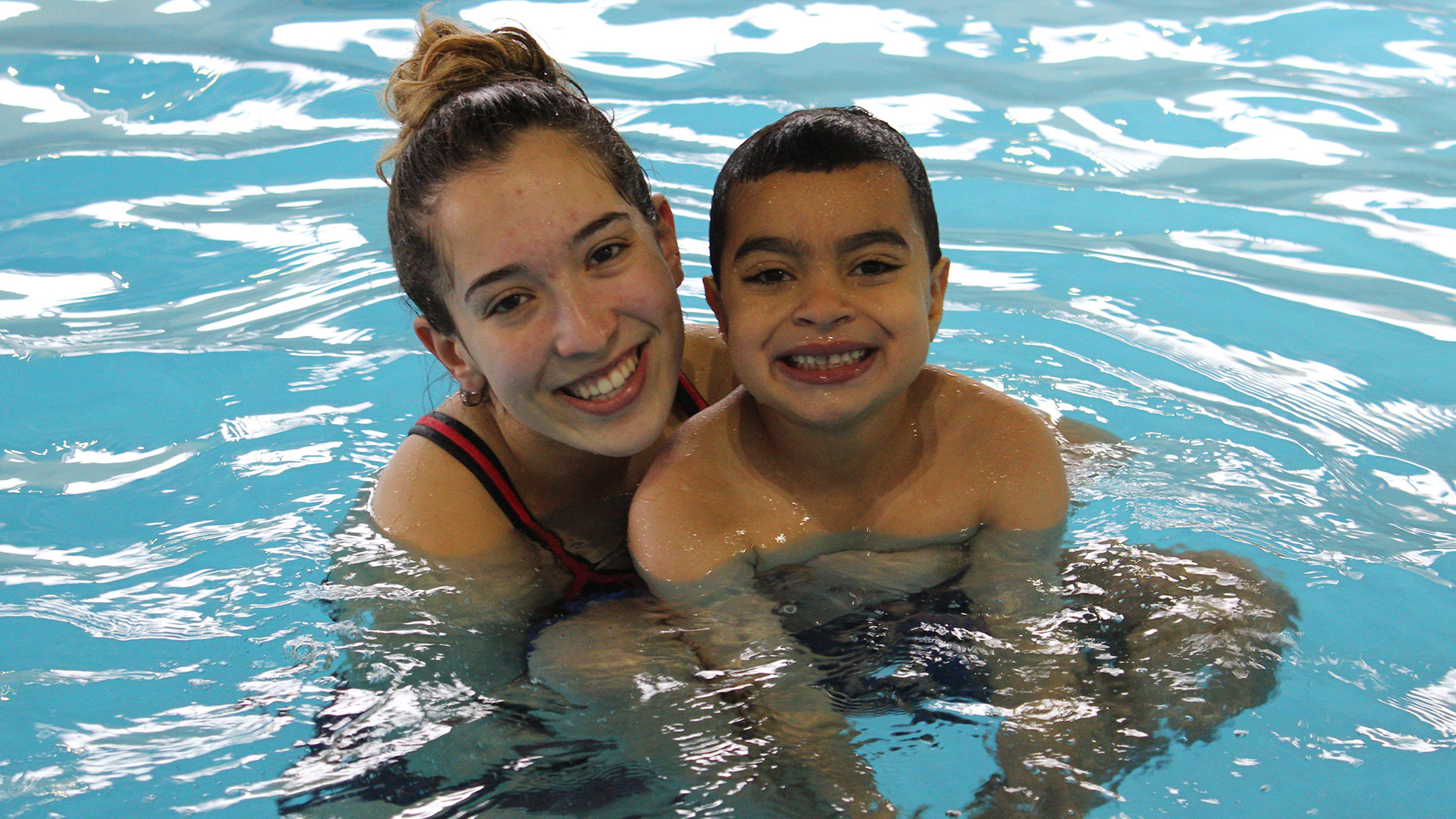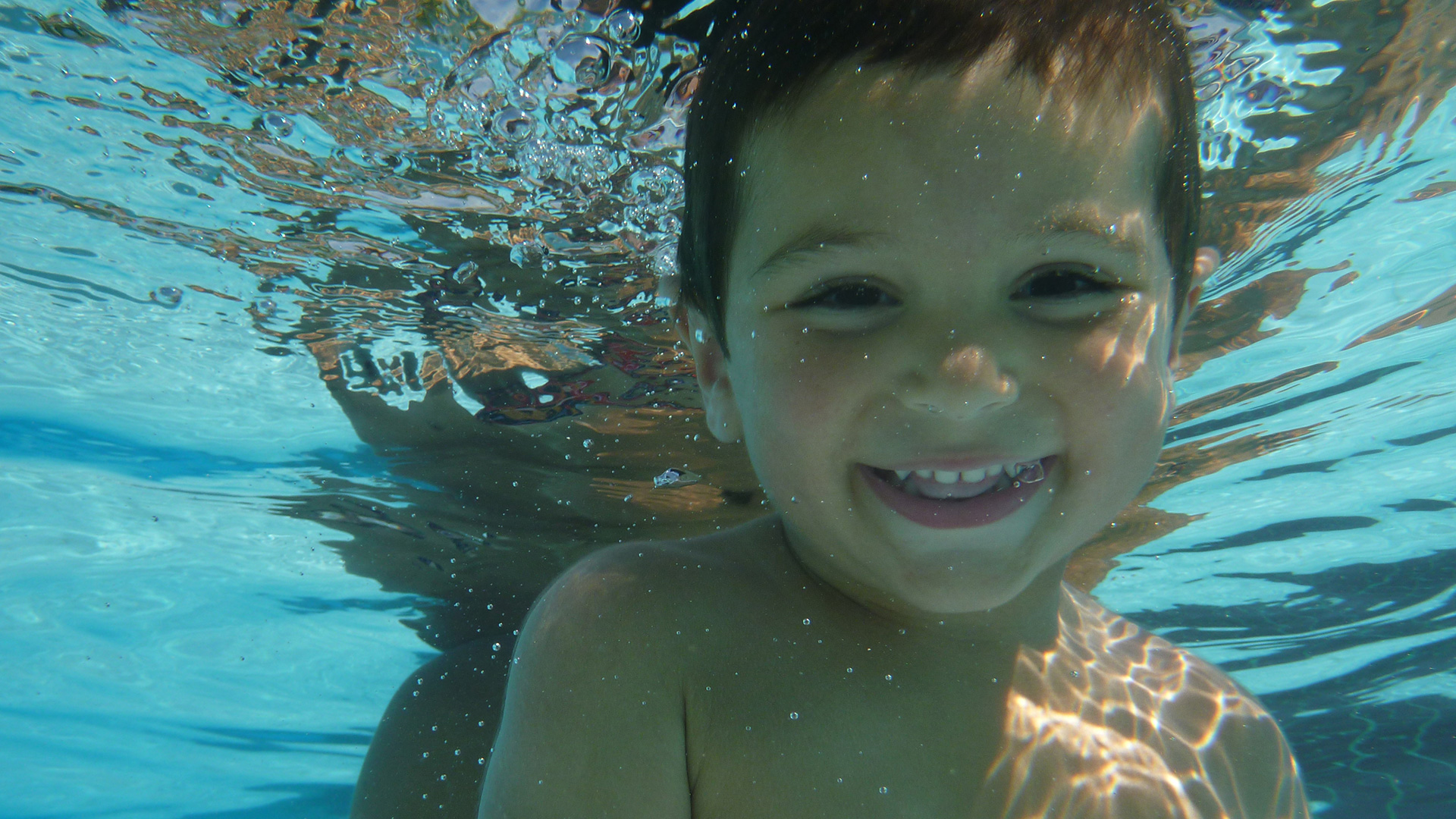Learning to swim is not only an important life skill, it is an important learning tool in itself. As children begin to develop an understanding of the basics of swimming; they begin to realize the dedication, focus and discipline needed to master other challenges as well. Here are the three steps of swimming success, I like to focus on while teaching new swimmers.
1.The Foundation
A simple, strong and direct kick is what sets apart good swimmers from great swimmers.
A proper kick is one in which the swimmer not only performs the movement well. But in the most effective and efficient manner possible.
Many children when first learning to swim have the tendency to focus more on raw power than proper technique. Others tend to mimic other forms of kicking they’ve become accustomed to from playing a variety of other sports and activities. It’s important to teach proper swim technique and form as early and as possible. This encourages muscle memory and familiarity with body positioning in the water. There are two main non-swimming kicks swim instructors encounter when teaching a new swimmer.
Firstly, the bicycle kick. This presents itself most often. It can be identified when the child’s knees are very active. The feet move up and down and the ankles are bent as they would be on pedals of a bike. The majority of the push comes from the bottom of the foot. As the child ‘pedals’ through the water, knees in the air. Making little to no progress through the water.
**Secondly, the soccer kick or hard/soft flutter. This can be most simply broken down into the imbalance between upward and downward force. The swimmer either kicks with too much force in one direction, or too little force in the other. I call it the ‘soccer’ kick because it is as if the swimmer is using all their might to kick a soccer ball while on the playground. Focusing all their energy on one action. Rather than balancing their effort into a steady flutter kick. This causes their feet to be too high in the water, often raising up out of the water, or too low sinking toward the bottom as they drag themselves through the pool with their arms.
Learning to balance the power of their kick, while keeping their lower body horizontal and maintaining their kick as a simple direct motion. Is what can take a child from good to great in a manner of weeks. The ability of a child to learn and master a proper kicking technique is the foundation of swimming
To help your swimmer master their swim kick;
Here are two drills to encourage proper kick development.
Flutter Kicks
Start by laying on your back, arms to your side.
On go, Raise feet a few inches off the ground.
Begin flutter kicking with pointed toes for 10 seconds.
The kicks should be small and fast movements,keeping legs straight.
Engage core muscles, quadriceps and glutes.
The top of each kick being no higher than 12 inches off the ground and the bottom of the movement being an inch or two from the floor.
Repeat for 3-5 sets, increase time of set as needed for difficulty.
Supermans
Lay on your stomach, arms above your head reaching out in front of you.
Face looking down, nose to the floor.
On go, Raise nose, feet and hands two inches off the floor.
Reach out your hands as far in front of you as possible, and feet out behind you.
Hold this positioning and continue stretching and reaching out as far as you can.
As you continue to hover your arms and legs, breathe deeply.
Hold this for as long as possible, or for 10-30 seconds, depending on difficulty.
Repeat 3-5 times, with rest in between.
2.The Substance
Once the foundation is solid and the child understands the basics of proper kicking technique. The next stage of development is Breathing and Timing; the substance of swimming success. Understanding the relationship between how and when to breathe. As well as incorporating it into each stroke, is a crucial step in the process of becoming a successful swimmer.
When first learning how to breathe many children begin by doing the opposite, not breathing. They instead try to hold their breath and swim as far as they can. Then, once they feel the urge to breathe instead of simply popping up, taking a small breath and continuing along., they gasp for air. Searching for their instructor’s hand and swallowing water in the process. Avoiding this strategy should be every instructor’s objective from day one. Here’s my method for introducing breathing and timing to a swimmer.
Depending on the level of the swimmer and their comfort level in the water, I begin by doing a breathing check. This can either be done stationary in the shallow end or while moving. Simply start by instructing the swimmer to take a large breath, hold it and go under water. If they naturally blow bubbles underwater or exhale slowly, we’re off to a great start. The goal of the breathing check is to confirm if they exhale all, or most, of the air from their lungs while their face is submerged. You can’t breathe in while swimming if you already have your lungs full of air.
For more advanced swimmers the test is the same but I test them while moving. Begin by holding a flutter board out in front, kicking steadily from one side of the pool to the other. On go, take a big breath in and exhale, face submerged. When they need to breathe, instead of popping their head straight up, I introduce the head turn to breathe in. This is also a chance to introduce a bit of side swim and timing. As they begin to get into the rhythm, breathe, exhale, breathe, exhale and turn their head from side to side. They become more comfortable as they rely less on the feeling they need to breathe, and more on the timing of breathing every 3 seconds or 3 strokes. Whichever is more comfortable to them.
It’s all about continuing to layer on new exciting elements. Building along the way another small challenge for a swimmer to accomplish. They get more comfortable as they keep mastering skills and gaining confidence. Once they have a solid base and can efficiently move through the water with a brilliant kick, effective breathing and timing the real fun begins. True Mastery.
- The Details and that Little Extra
Turning a good swimmer into a great swimmer comes downs ultimately to the details. Most people can learn how to swim and swim well. But it’s those who aim for mastery, maximizing efficiency and excellence that truly become great. It all comes down to details, from executing perfect flip turns and transitions, to making the minor adjustments necessary when figuring out how to minimize drag. Of course, none of this is possible without the commitment from the swimmer themself with continued focus and consistent practice. The true driving force behind going from good to great, is the swimmer staying motivated and keeping their inner fire burning as they push past what they thought was possible.
That is where Montreal Institute of Swimming (MIS) and the Canada Swim School (CSS) come in. We strive to not only make sure our swimmers succeed but achieve more than they ever thought they could. Our one on one instruction ensures that we optimize every minute in the pool with 100% dedication to results. We engage our students every step of the way with personal connection and a strong instructor-student relationship. Our swimmers come to adore their instructors, looking forward every week to getting back in the water and hit the pool swimming further, faster and better than before.
Our team is committed to building a community of swimmers, instructors and coaches that not only support each other but encourage growth in every aspect of life. From flexible schedules, to entrepreneurship, and further education through specialized training. MIS and CSS are dedicated to creating a team of highly motivated, independent and effective swim instructors. Together we can continue to push the boundaries of swimming excellence and help take you from ordinary to extraordinary! Stay safe, stay strong and continue to support each other. We are so proud of our community during these times and can’t wait to see you back in the pool soon!


